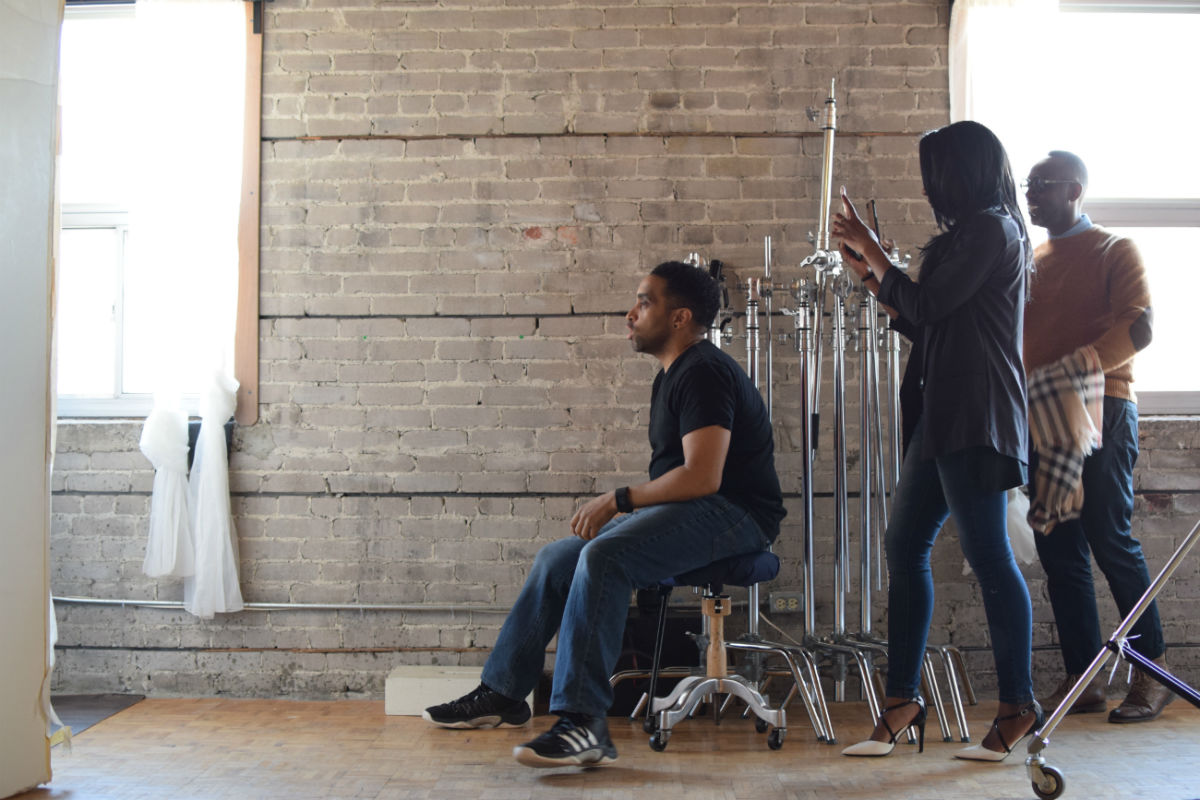The old adage, ’a picture is worth a thousand words’ rings especially true in a digital era. Photos are a huge part of what makes up content for social feeds. Images can easily evoke emotion, create a narrative and encourage followers to take action. In many cases, photos are the primary mode of communication, and words become secondary.
The proof is in the pictures. Check out any social feed on any given day and you will see that photography has become a universal language.
Enter the photobank. This centralized database of images is the best way to ensure you never run out of content, or find yourself in a pickle because you forgot to get a photo to go with your awesome caption and creative hashtags.
At On Q Communications, we have a running photobank that includes everything from individual and team images to photos of products we rep and events we put on.
If you’re ready to create your own photobank, whether for personal use or for your company, follow these three steps and get started on the road to compiling a robust and extensive database to last you the whole year round. Good luck!
- Hire a pro – For the cost of purchased pictures from someone else’s photo bank, you could create your own, customized database. Investing in a professional photographer who can make your vision come to life with pictures that include your team members, brands you represent and go-to lifestyle images, is a worthwhile endeavour. Professional photographer Rohan Laylor has this important tip about choosing a photographer: ‘Make sure you choose someone with a style of photography you like and appreciate. It makes all the difference. A photographer who is on the same page as you is more likely to produce images that are in line with your brand.” In addition to a photographer, Rohan suggests hiring a makeup artist and even a stylist, depending on the types of pictures you are looking to capture. “What you wear and how you wear it makes all the difference in the world so make sure you give some thought to wardrobe if your budget doesn’t include the services of a pro.”
- Get organized – Once the pictures are snapped, give thought to storing those images in an easily accessible spot for your team members. Divide your database into files that reflect the type of pictures in them. For instance, team headshots should be stored in one folder. Another folder can include in-office action shots that can easily be used on your website or social media channels to show the world how your team functions each day. Yet another folder could include lifestyle or brands photos to showcase versatility. It’s the key to keeping your social feeds interesting. A good strategy to effectively using your photos is to make sure the pictures from these various files are sprinkled throughout your feeds each month.
- Feed your database – In order to keep things interesting, it’s important to add a few new images each month so that by the end of the year, you have a full bank of photos to choose from. “Lifestyle shots of people and products can make for great images to include in your photobank,” says Rohan. He adds, “the images in a photo bank shouldn’t be just a collection of random images. These pictures should be taken with a purpose in mind and in conjunction with a social media calendar.”At On Q, we hold monthly photo shoots at our agency so we can continue to feed our database and social channels. During this photo shoot we also capture images for clients.
Interested in learning how to choose hashtags to compliment your awesome pictures? Check out our post about daily hashtags for social media marketing.

Leave a Reply